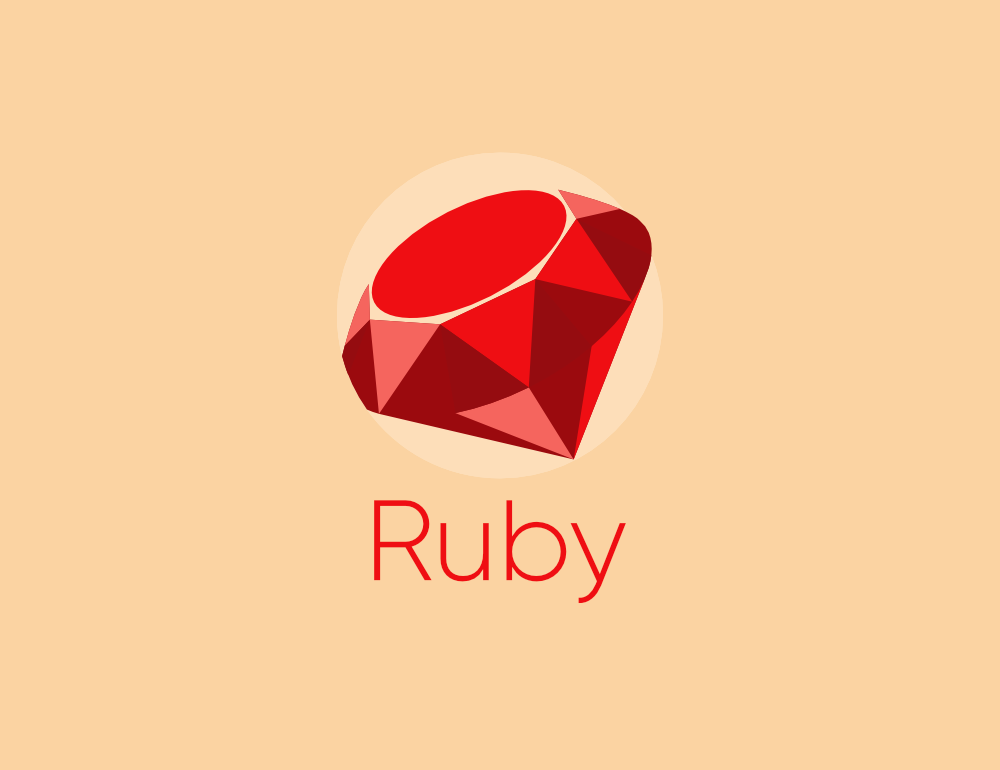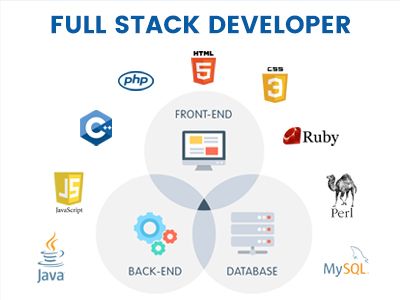The rise in the use of the internet is not hidden from anyone. There are presently more than 4 billion users of the internet from all across the globe. Naturally, there is a significant growth being observed in the area of web development as well as web designing. These are the professions that are directly related to the creation of content on the internet. Both of them are highly lucrative professions. If you are aspiring to become a web developer or a web designer as well, there are some common concepts that you must be familiar with. One such idea is full-stack coding. If you are looking to develop an understanding of full-stack coding, you are in the right place. In this article, we will tell you what full-stack coding is and how you can use it in your professional endeavors as a web developer or a web designer.
What is full-stack coding?
Full-stack coding refers to the hybrid of both the frontend as well as the backend. The use of full-stack coding is common for application stacks, web stacks, and mobile stacks. A full-stack coder is someone proficient in dealing with the frontend as well as the backend projects of any site or application. The use of different languages is common for full-stack coding. The following are some of these languages:
· CSS
· HTML
· JavaScript
 · PHP
· PHP
 · Ruby
· Ruby
 · Python
· Python
 As you can see, the use of frontend as well as the backend languages is common for full-stack coding. The frontend coding also usually leads up to areas like web design, user experience (UX), visual development, and project management. The use of the different languages is full-stack coding is to ensure that it is applicable for both the frontend as well as the backend. You will also need to be proficient in the area of databases if you are looking to start working as a full-stack coder.
Benefits of full-stack coding
There are several benefits of full-stack coding. The following are some of these benefits:
· By working as a full-stack coder, you can become proficient in frontend as well as…
As you can see, the use of frontend as well as the backend languages is common for full-stack coding. The frontend coding also usually leads up to areas like web design, user experience (UX), visual development, and project management. The use of the different languages is full-stack coding is to ensure that it is applicable for both the frontend as well as the backend. You will also need to be proficient in the area of databases if you are looking to start working as a full-stack coder.
Benefits of full-stack coding
There are several benefits of full-stack coding. The following are some of these benefits:
· By working as a full-stack coder, you can become proficient in frontend as well as…
 · PHP
· PHP
 · Ruby
· Ruby
 · Python
· Python
 As you can see, the use of frontend as well as the backend languages is common for full-stack coding. The frontend coding also usually leads up to areas like web design, user experience (UX), visual development, and project management. The use of the different languages is full-stack coding is to ensure that it is applicable for both the frontend as well as the backend. You will also need to be proficient in the area of databases if you are looking to start working as a full-stack coder.
Benefits of full-stack coding
There are several benefits of full-stack coding. The following are some of these benefits:
· By working as a full-stack coder, you can become proficient in frontend as well as…
As you can see, the use of frontend as well as the backend languages is common for full-stack coding. The frontend coding also usually leads up to areas like web design, user experience (UX), visual development, and project management. The use of the different languages is full-stack coding is to ensure that it is applicable for both the frontend as well as the backend. You will also need to be proficient in the area of databases if you are looking to start working as a full-stack coder.
Benefits of full-stack coding
There are several benefits of full-stack coding. The following are some of these benefits:
· By working as a full-stack coder, you can become proficient in frontend as well as…


 The backend refers to the server-side. This site is the one that is not visible to the clients. Different actions like programming and updating take place here. The various databases, as well as the servers, are present on this site. Programming languages like
The backend refers to the server-side. This site is the one that is not visible to the clients. Different actions like programming and updating take place here. The various databases, as well as the servers, are present on this site. Programming languages like